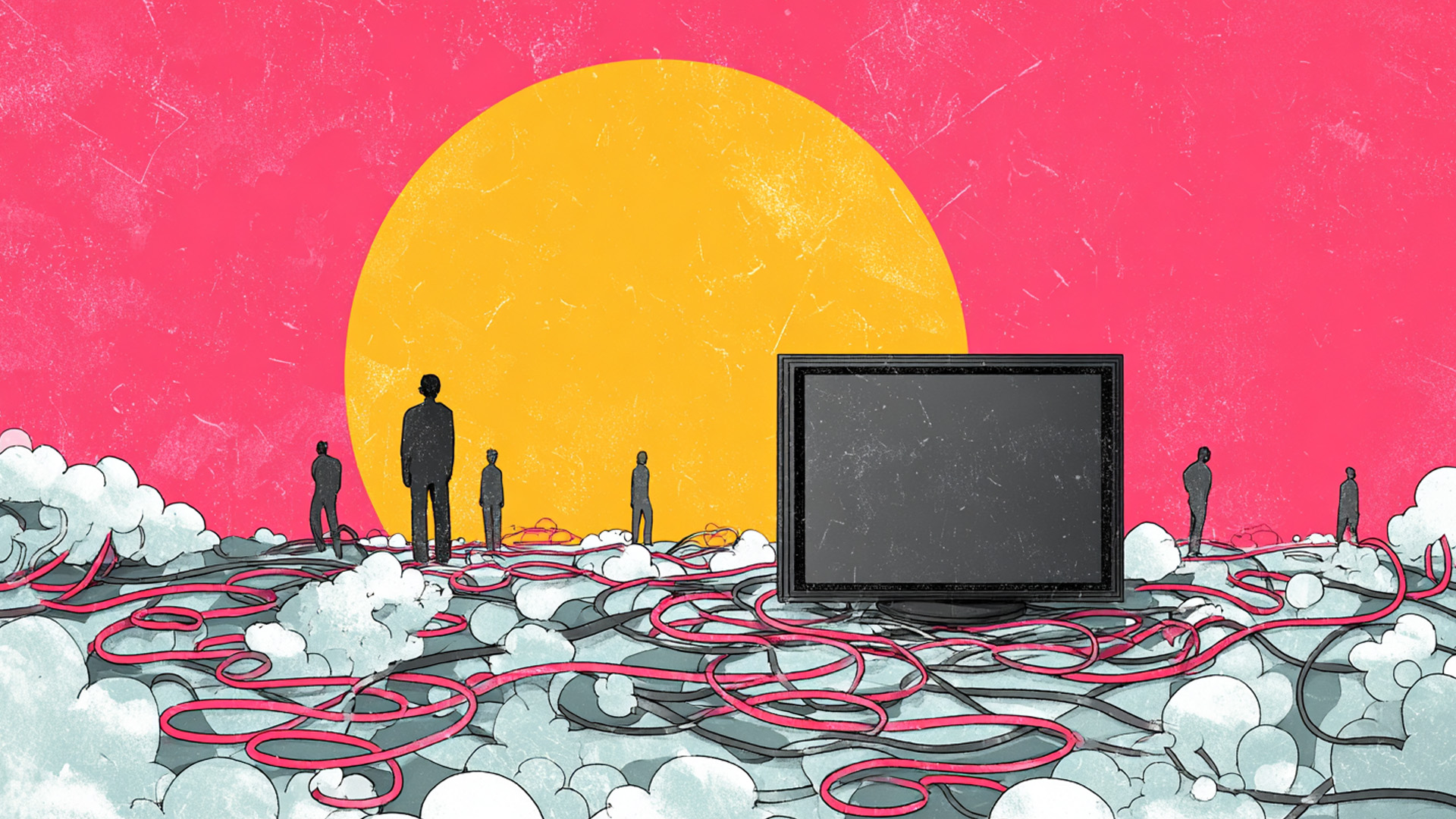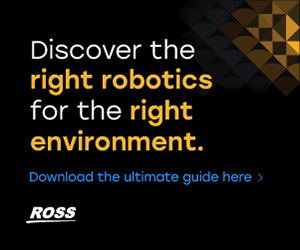Dak’s Take: Can cable news survive its audience collapse?

Weekly insights on the technology, production and business decisions shaping media and broadcast. Free to access. Independent coverage. Unsubscribe anytime.
Here’s a thought experiment for media executives: What would you do if your restaurant chain lost 40% of its customers in two years? Fire the chef? Redesign the menu? Overhaul the entire dining experience?
Year-over-year, the main cable news channels have all experienced erosion of their audience. In the coveted demo, the losses at one network are a staggering 55% during primetime. Yet cable news networks largely continue serving the same predictable fare.
In any other industry, this would trigger a reckoning. In cable news, it’s apparently Tuesday.
Strip away the First Amendment rhetoric and journalism-as-democracy arguments for a moment. This is, fundamentally, a business problem.
When Walmart or American Airlines face sustained customer defection of this magnitude, they don’t just shuffle deck chairs. They reimagine operations and often reinvent their core product entirely.
Of course, the parent companies already see the writing on the wall and have their exits lined up. Warner Bros. Discovery and NBCUniversal are spinning off cable assets that no longer fit their streaming future. These aren’t votes of confidence.
Yet the networks seem oddly resistant to the aggressive innovation that survival typically demands.
Instead, the industry has doubled down on sameness. Cost-cutting, layoffs and efficiency drives may buy a little time, but they rarely buy a future.
Why the fear of actual innovation?
For decades, the defining cable news formats have been rigid: panels of talking heads shouting past each other, anchors behind sleek desks in expensive suits and the endless recycling of “breaking news” chyrons that feel anything but urgent.
It’s a model built for a different era. And yet, when disruption arrived in the form of podcasts, YouTube, TikTok and live events, cable news largely chose to look the other way.
Contrast that with other corners of the media business.
Podcasts have reinvented talk radio with intimacy and depth. Streaming platforms have built massive audiences on experimentation. Even local TV stations, often accused of being the most change-resistant, have found new life in digital-first programming and social distribution.
Cable news, by comparison, has been paralyzed by a fear of trying anything that might alienate the audience it still has left.
Paths to reinvention… or at least survival
Here’s the uncomfortable truth: salvaging the cable news audience requires more than tinkering with the lineup or courting a mythical “middle.” It requires rethinking the product.
That could mean more live, in-person events that leverage news brands as community conveners. It could mean turning signature personalities into multiplatform franchises that live as comfortably on Spotify and YouTube as they do on linear TV.
It could mean experimenting with interactive formats that reflect the way people now consume and engage with news — sharing, reacting and debating in real time.
Other industries have shown the way. The question is whether cable news executives have the courage to follow.
Putting politics aside
CNN’s apparent strategy — positioning itself as the reasonable middle ground between Fox and MSNBC (oh sorry, MS NOW) — represents perhaps the most fundamental misunderstanding of its predicament. This isn’t an ideological problem requiring ideological solutions.
The “splitting the difference” approach satisfies no one while differentiating from no one. Worse, it ignores that many of today’s biggest stories don’t have clean “both sides.”
In fact, many viewers long for coverage of the news that actually impacts their lives, not framing every story through a political lens.
Of course, this was part of the original charge of NewsNation… but it has shifted to resemble the channels it was hoping to replace.
True differentiation requires product innovation, not political triangulation. The networks that survive will be those that figure out new ways to deliver information and analysis, not those that find the perfect ideological sweet spot.
Cable news (really all cable) has begun the predictable cost-cutting phase: layoffs, reduced programming hours and efficiency measures. These moves might buy time, but they won’t solve the fundamental audience problem.
You can’t save your way to growth, particularly in a creative industry. Every dollar cut from newsgathering, every experienced journalist let go, every experimental show canceled makes the core product less compelling, not more.
The real question isn’t whether they can operate more efficiently. It’s whether they can create programming that gives audiences a reason to return.
What’s really at stake
If traditional cable news networks won’t evolve, someone else will claim their displaced audience.
Independent media creators are already building substantial followings with a fraction of the overhead. Streaming platforms have the resources and audience data to create news programming optimized for engagement rather than legacy distribution models.
The window for incumbent advantage is closing rapidly.
In every other industry, companies facing this level of customer defection would be frantically experimenting — testing new products, abandoning sacred cows and taking calculated risks on unproven formats. The survivors would be those bold enough to cannibalize their existing business before someone else did it for them.
Cable news can either become a case study in successful reinvention or a cautionary tale about what happens when an industry mistakes familiarity for necessity.
The audience collapse has already answered one question: the status quo isn’t working.
Back to the metaphor, it’s time to fire the chef and try some new dishes to fit the new diner. The same tired dish of endless “breaking news” chyrons has grown stale.






tags
Dak's Take
categories
Cable Industry, Cable News, Heroes, Voices